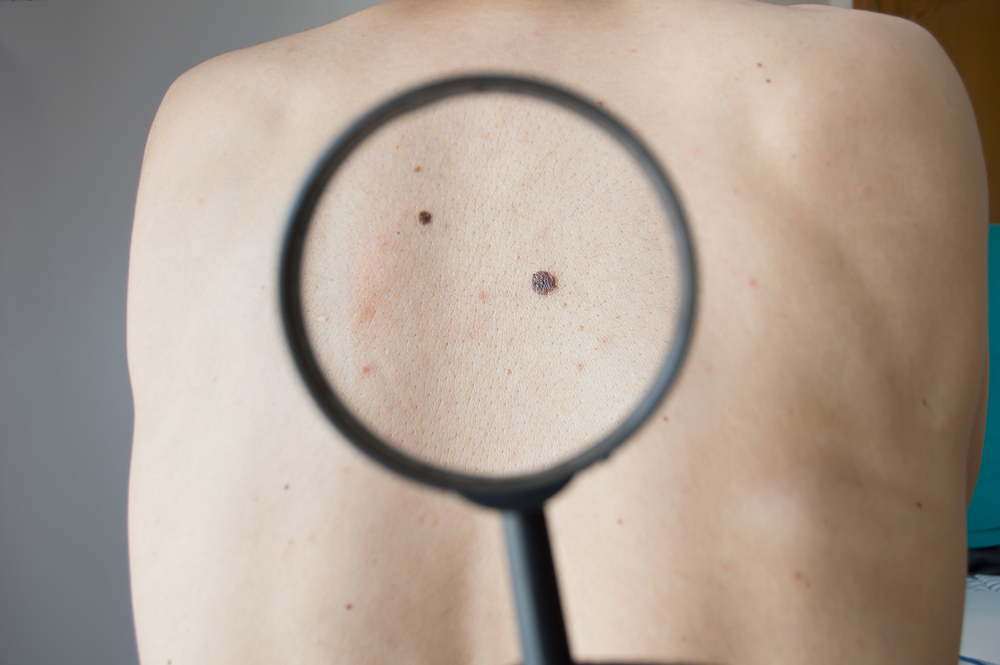Researchers from the National Institutes of Health National Cancer Institute have discovered risk factors for melanoma in patients with non-Hodgkin lymphoma (NHL). The report, titled “Risk Factors for Melanoma Among Survivors of Non-Hodgkin Lymphoma” appeared August 3rd in the Journal of Clinical Oncology. The study suggests that people with non-Hodgkin lymphoma should be monitored carefully in order to detect signs of melanoma earlier, when it is potentially more treatable.
Improved treatments for NHL are now available, which has caused survival rates to increase from 47% to 71% in the last four decades. Unfortunately, the eventual development of other types of cancers can be a cause of complications and death in people with NHL.
Prior research has reported that people with NHL have an increased risk for skin cancer (cutaneous melanoma); but the actual risks for melanoma development have not yet been identified by scientists studying the disease. In this study, NIH researchers, led by Clara J.K. Lam, MD, of the Radiation Epidemiology Branch, National Cancer Institute, analyzed 44,870 NHL survivors, age 66 to 83 years, who had been diagnosed with the cancer from from 1992 to 2009. They identified the study participants using the Surveillance, Epidemiology, and End Results-Medicare database. To obtain data on NHL treatments, autoimmune diseases, and infections the scientists accessed Medicare claims.
The team identified 202 cases of secondary melanoma in the survivors of NHL. These included: 91 who developed melanoma following the NHL subtype chronic lymphocytic leukemia/small lymphocytic lymphoma (CLL/SLL) and 111 people who developed melanoma following other NHL subtypes. The risk of melanoma increased in those individuals with the CLL/SLL subtype of NHL who had received infused fludarabine-containing chemotherapy, either with or without the cancer medication rituximab. Other risk factors included T-cell-activating autoimmune diseases. Both of these risk factors indicate immune system activation could be a general risk factor for melanoma in people with with the CLL/SLL subtype of NHL.
Urinary tract infections increased melanoma risk in people with the CLL/SLL NHL subtype, while this risk was increased by localized scleroderma, pneumonia, and gastrohepatic infections in those suffering from other NHL subtypes.
“Our findings suggest immune perturbation may contribute to the development of melanoma after CLL/SLL. Increased vigilance is warranted among survivors of NHL to maximize opportunities for early detection of melanoma”, the authors state in their report. The study additionally suggests that different risk factors may exist for different NHL subtypes, and that this should be noted by clinicians who are monitoring people recovering from NHL. Hopefully the study will aid in the early detection of secondary cancers in NHL patients, further improving recovery and survival following diagnosis.


